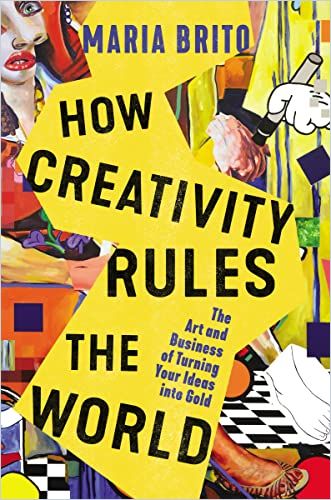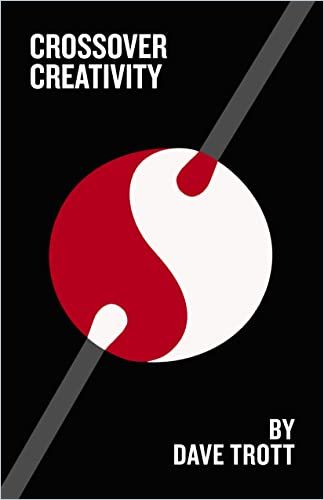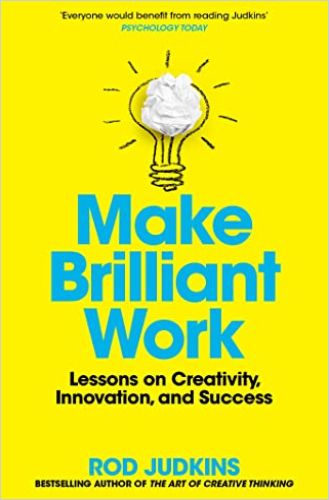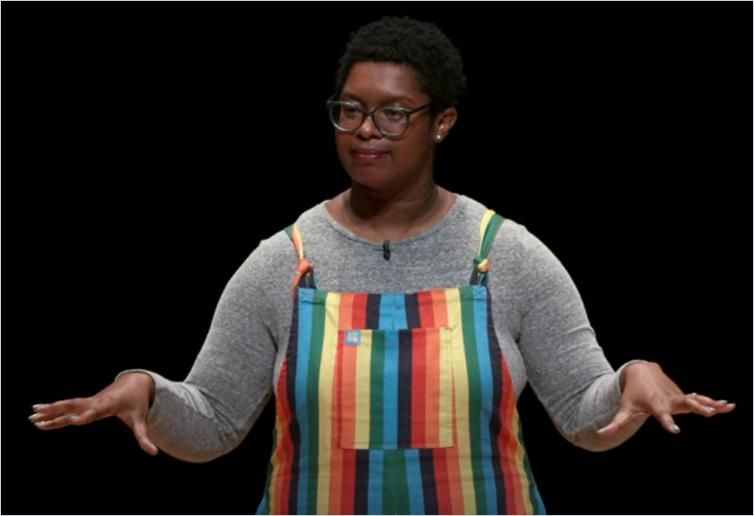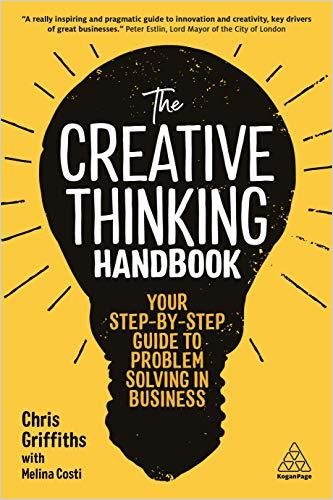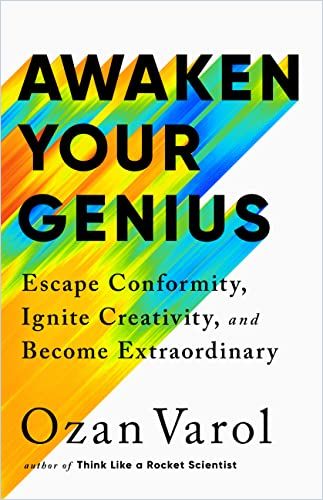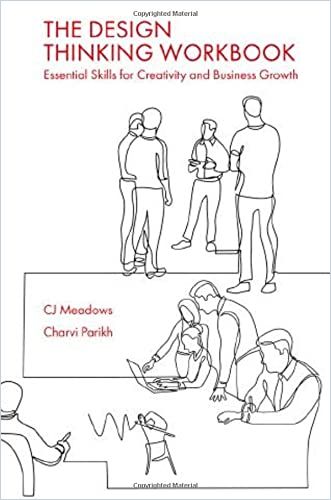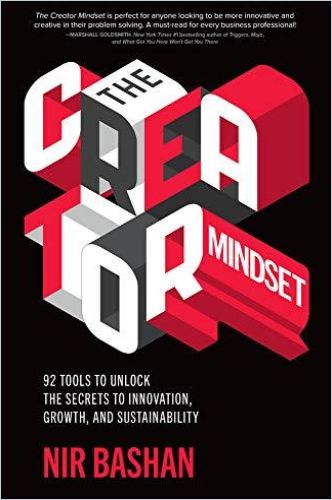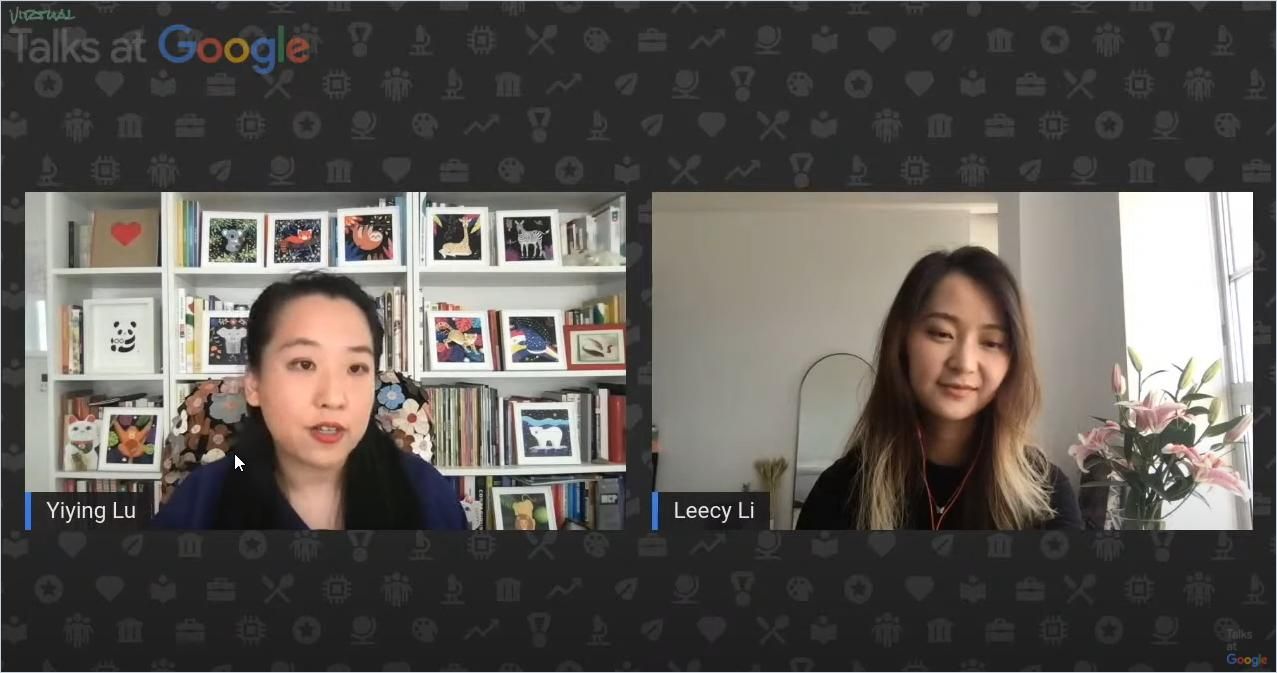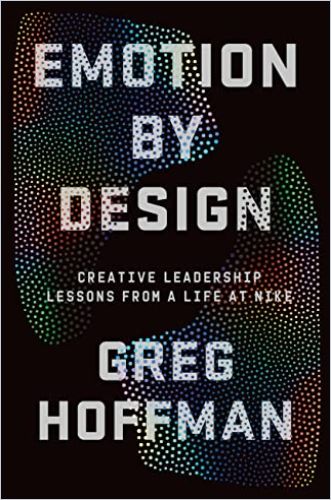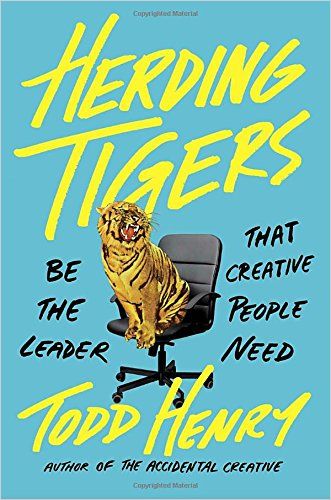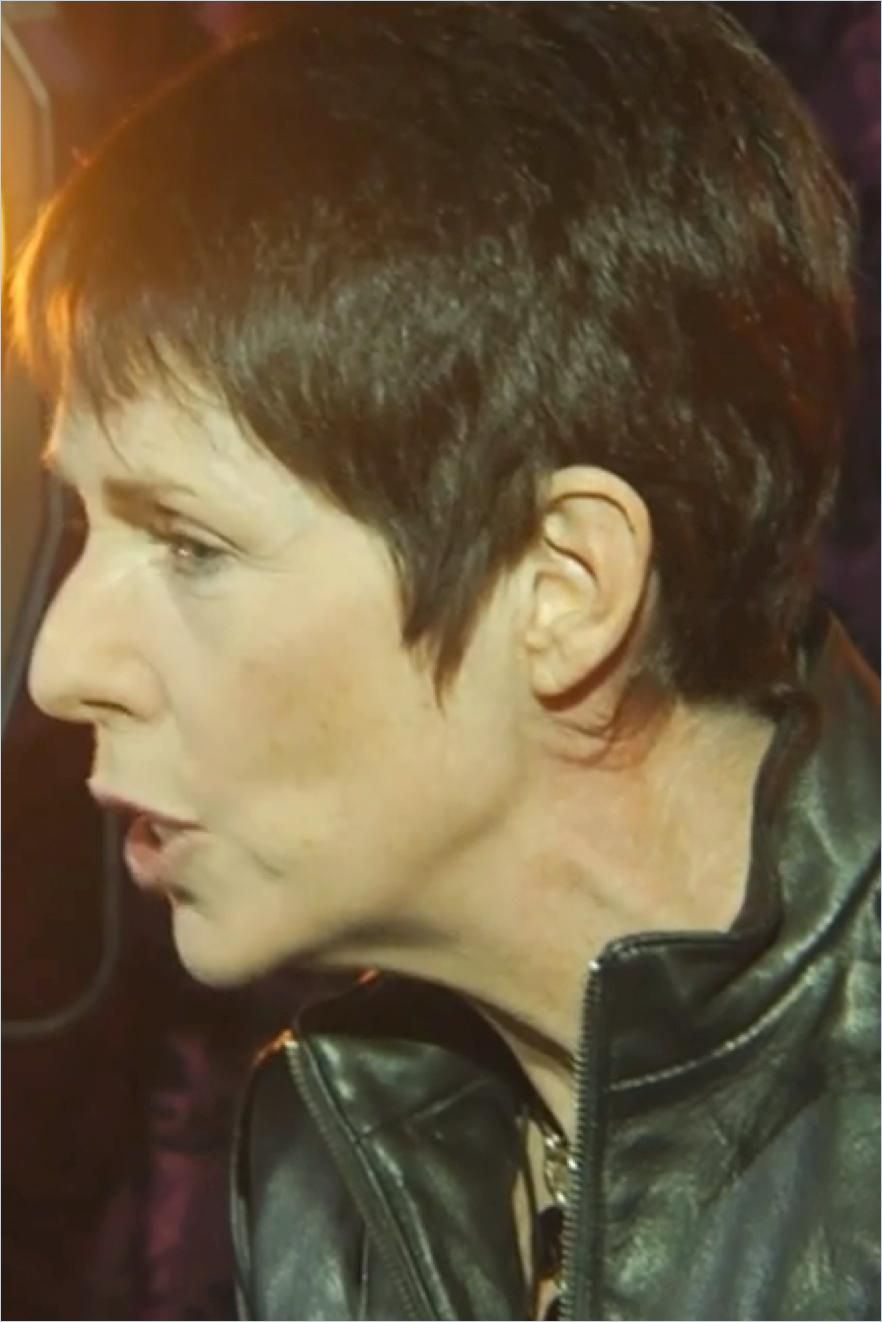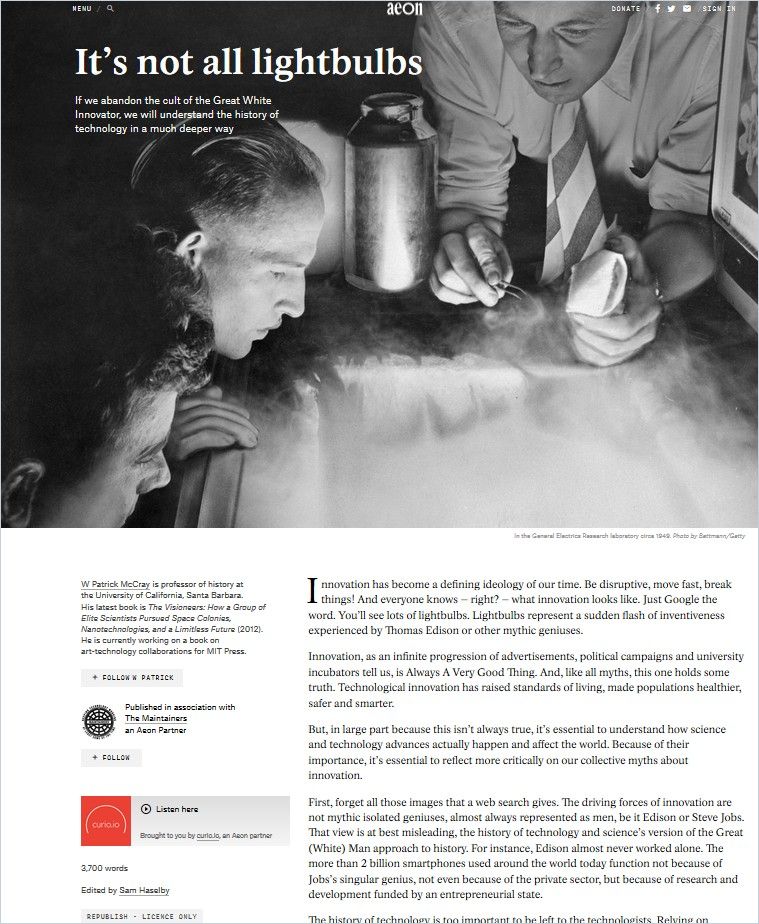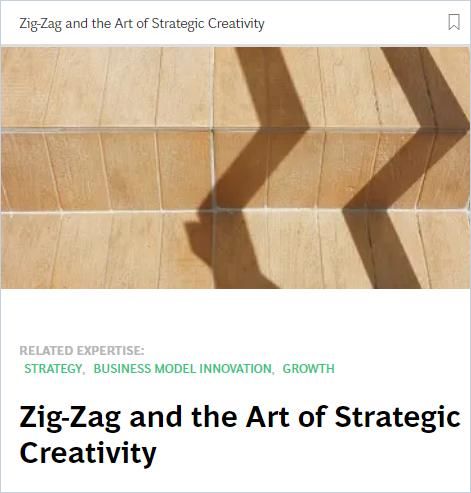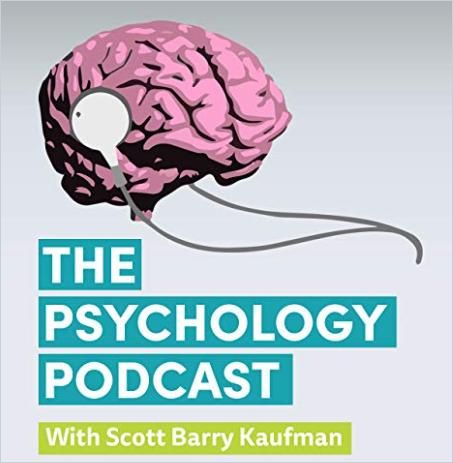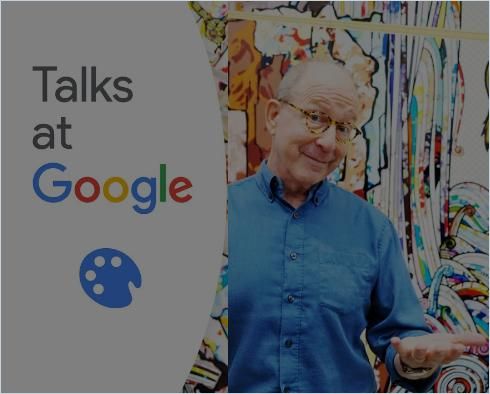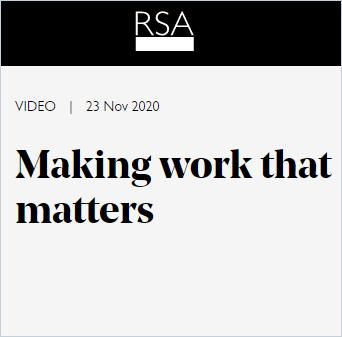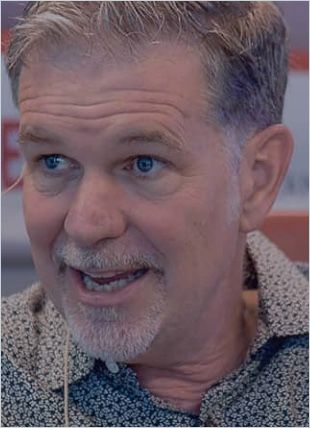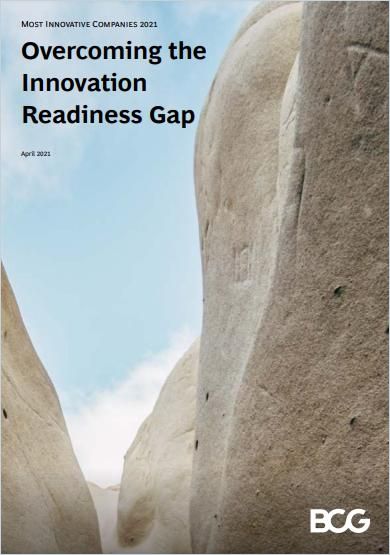Creativity Is a Journey, Not a Destination
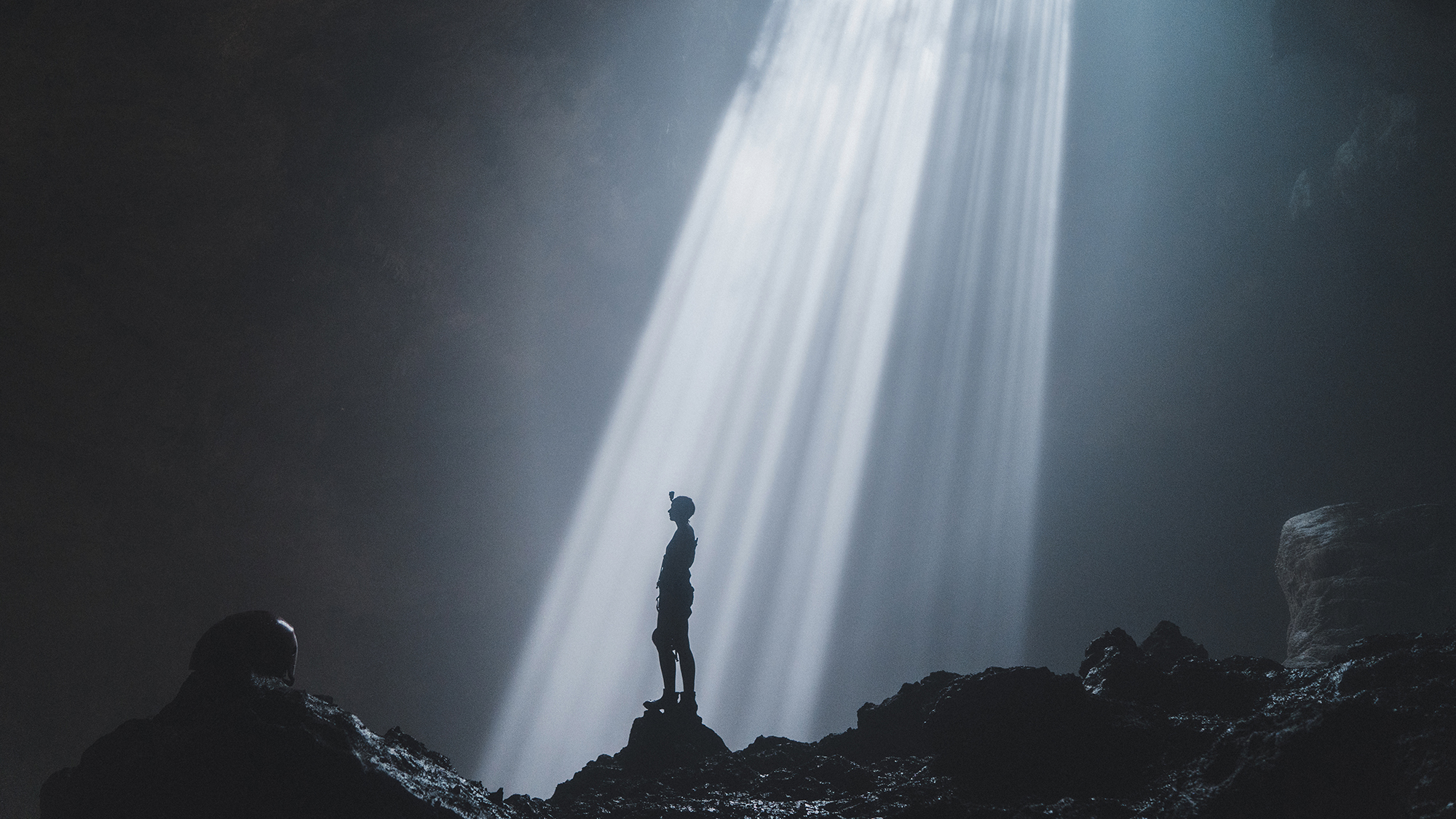
Creativity is the Holy Grail for businesses. Coming up with that fresh, new idea is make or break for any organization. Yet creativity is often surrounded with mystery – where does it come from? How can I be more creative? Is it possible to turn creativity on and off?
Strap Into Your Mind-Set
To even get to creative thinking, authors of The Creative Mindset Staney and Jeff DeGraff emphasize mindset first. Most people believe creativity is rare; either they are born with it or they aren’t. In other words, most people have a “fixed mindset” view about creativity. But the truth is, creative innovation is the result of open-mindedness. It occurs every day to ordinary people making incremental progress solving a problem. Probably more important than creative talent is the grit necessary to doggedly work on challenges until you reach a breakthrough.
The Creative Mindset is a state of mind – a way of thinking, a way of seeing opportunities to sprinkle creativity into ordinary practices.
Staney and Jeff DeGraff
The DeGraffs offer many ideas about how to bust out of the routine thinking you’ve been doing without success. Start with developing these solid “CREATE” skills:
- “Clarify” your problem or challenge.
- “Replicate” solutions into new contexts.
- “Elaborate” by linking things that seem unrelated.
- “Associate,” that is, find analogies for your problem and their solutions.
- “Translate” your vision for other people.
- “Evaluate” which is the best idea.
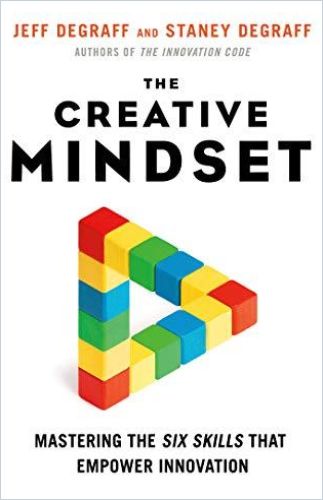
Author Michael A. Roberto also emphasizes mindset in Unlocking Creativity. Frequently people are stuck in their “linear,” “benchmarking” or other limiting mind-sets. He offers strategies to overcome them.
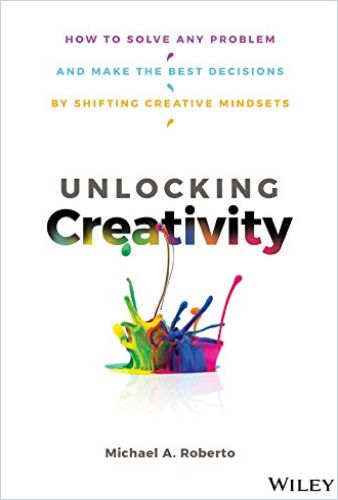
Roberto and most who write about creativity emphasize it’s a trial-and-error business. Innovators learn fastest by taking their best shot and often failing. Roberto emphasizes an environment of psychological safety so people feel the freedom to truly innovate.
This May Be Messy
Business speaker Vince Ebert points out in his article “In a Two-Person Tent with Richard Branson (and Hannibal Lecter)” that creativity can’t be rushed. And it’s not the easy flash of inspiration it’s so often depicted to be. As any artist will tell you, that 99% perspiration for the 1% resulting inspiration is real.
Genuine creativity is provocative, radical, dangerous. None of which is prevalent. On the contrary, creative processes often cause resistance, doubt, discomfort and a sense of insecurity in the participants.
Vince Ebert
Ebert doesn’t sugarcoat it: Consistent creativity is a slog. You’ll probably have to generate a lot of bad ideas before you find the one that feels electric. Brainstorming is a tried-and-true way to get started.
The Old “Think Different”
Author Mark Manson thinks the creative process is actually kind of boring. In his article “5 Boring Ways to Become More Creative,” he says creatives should just go with it. “Divergent thinking” is the secret behind most surprising ideas. It’s where the creator takes an existing idea or project and blends it with different elements to create something new. The producers of the TV show Breaking Bad thought a show about a drug kingpin was tired, until they made him a middle-aged white science teacher. Look for ways you can add value to underappreciated ideas.
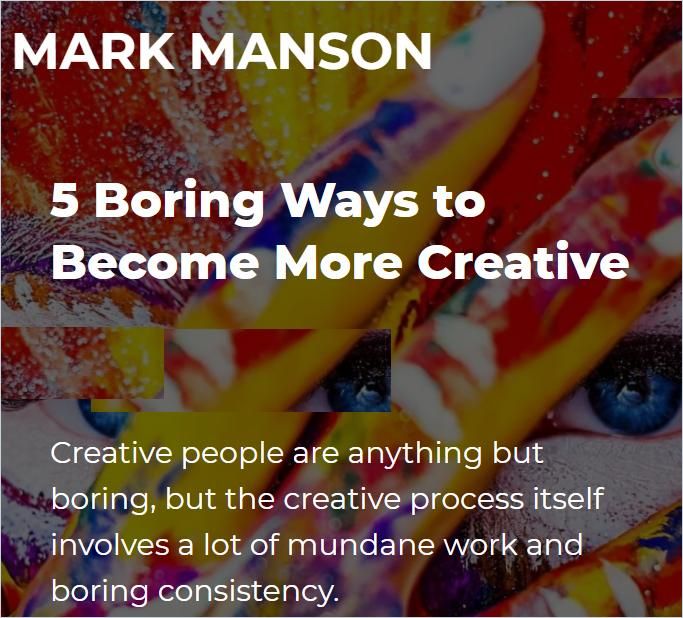
Think like an alien, say authors Cyril Bouquet, Jean-Louis Barsoux and Michael Wade in Alien Thinking. They offer strategies to find different perspectives on tough problems.
All of us can develop new ideas and insights if we have strategies to challenge default assumptions, and if we notice little curiosities that other people miss.
Cyril Bouquet, Jean-Louis Barsoux and Michael Wade
They say learning the creativity habit comes down to practicing five habits of thought:
- “Attention” – Closely study your problem.
- “Levitation” – Take time to reflect from a distance.
- “Imagine” – Envision solutions.
- “Experiment” – Test your theories and look for practical applications.
- “Navigate” – Troubleshoot obstacles to implementation.
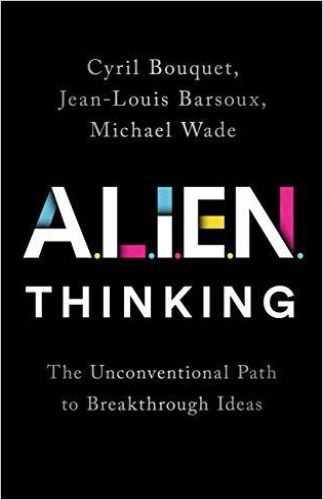

Make Creativity a Team Sport
Businesses often and understandably want the fruits of creativity without working to develop the habits necessary to cultivate it within their processes. Some companies, like Netflix, have figured out how to build a culture to support innovation.
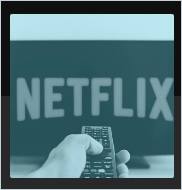
In The Creativity Leap, business consultant Natalie Nixon focuses on the fusion between data analysis and a creative work culture. Cultivate curiosity and put together diverse teams of people who spark each other’s creativity. Open lines of communication are vital for remote and hybrid teams. Due to asynchronous work hours, they tend to rely more on written documents. Pose a problem to your team members and give them time to think about solutions before your group discussion. One virtue over in-person meetings is that people in virtual settings tend to focus more on the quality of the ideas they discuss than the personalities involved.
There just hasn’t been enough thinking about what’s unique about creative companies…the fundamental risk is lack of innovation – not execution and efficiency…
Reed Hastings
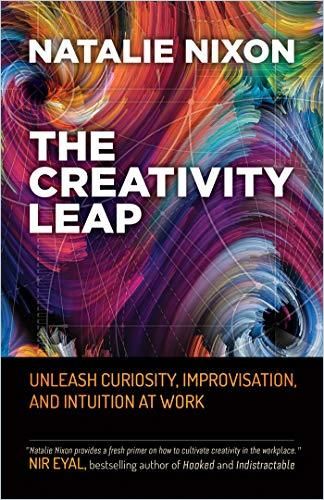
Read more about how to incorporate creativity into your work:

